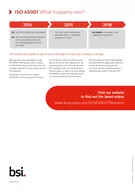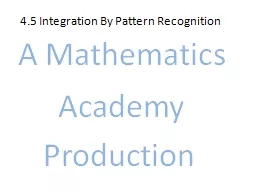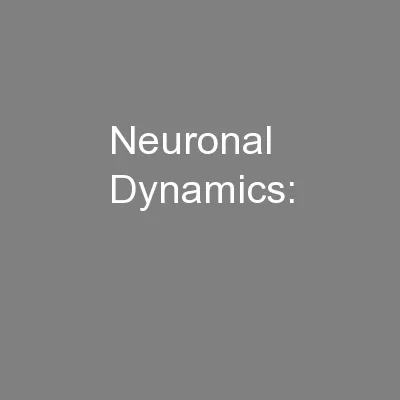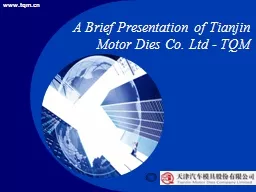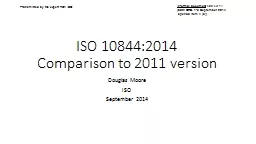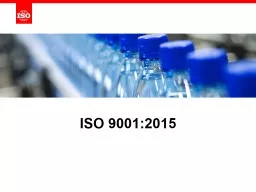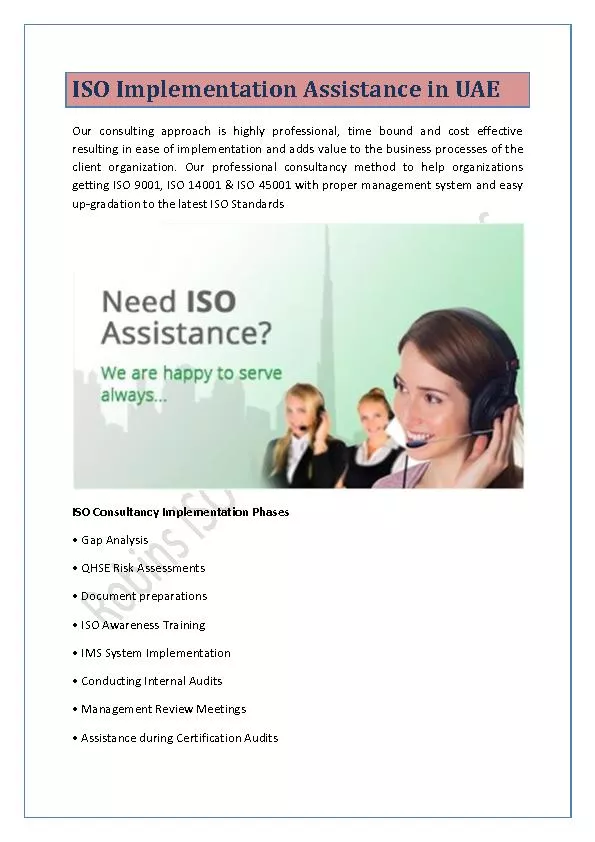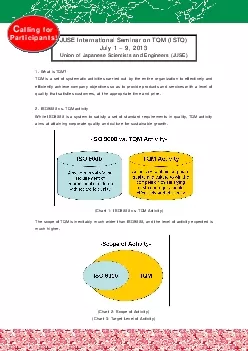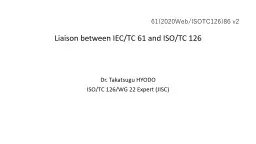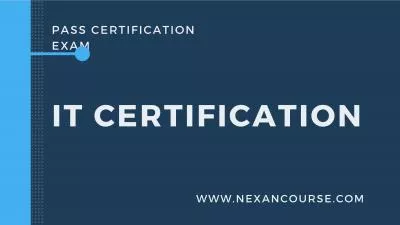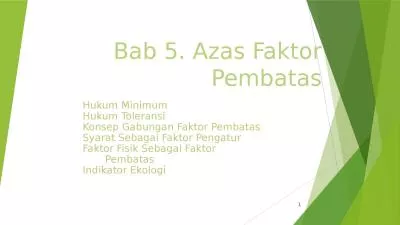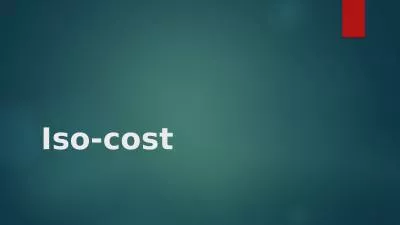PPT-How to Integrate between BE,TQM,ISO Azas BeTI
Author : reportperfect | Published Date : 2020-08-28
Azas B e T I By Abdul Halim Alumni Examiner MBCfPE trg NIST USA Chairman LP ABEI Dewan Pakar FEB Assessor KPKU amp MBCfPE Examiner GlobalGPEA Quality Assurance
Presentation Embed Code
Download Presentation
Download Presentation The PPT/PDF document "How to Integrate between BE,TQM,ISO Azas..." is the property of its rightful owner. Permission is granted to download and print the materials on this website for personal, non-commercial use only, and to display it on your personal computer provided you do not modify the materials and that you retain all copyright notices contained in the materials. By downloading content from our website, you accept the terms of this agreement.
How to Integrate between BE,TQM,ISO Azas BeTI: Transcript
Download Rules Of Document
"How to Integrate between BE,TQM,ISO Azas BeTI"The content belongs to its owner. You may download and print it for personal use, without modification, and keep all copyright notices. By downloading, you agree to these terms.
Related Documents


